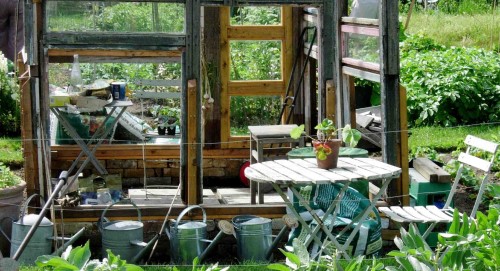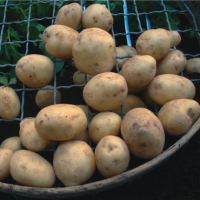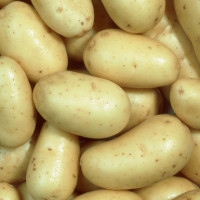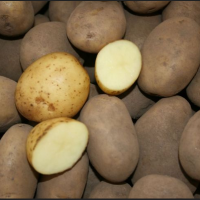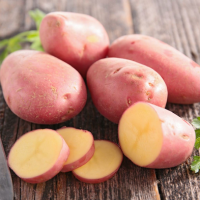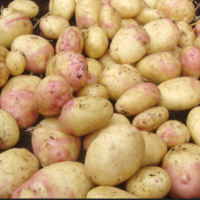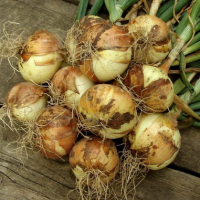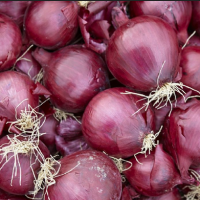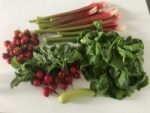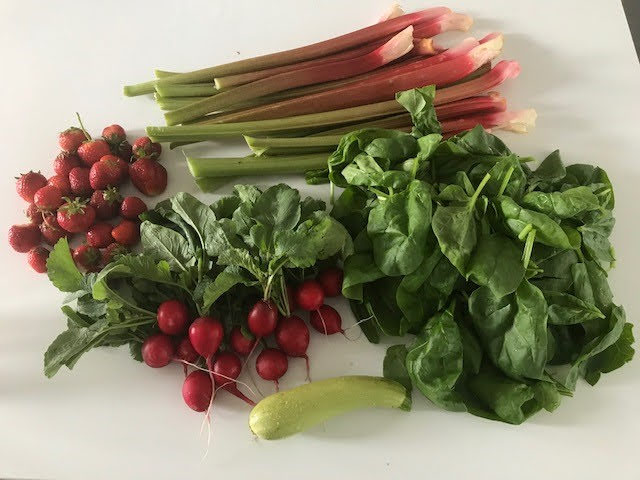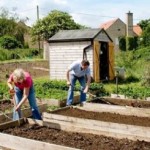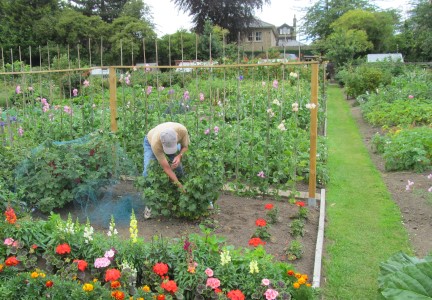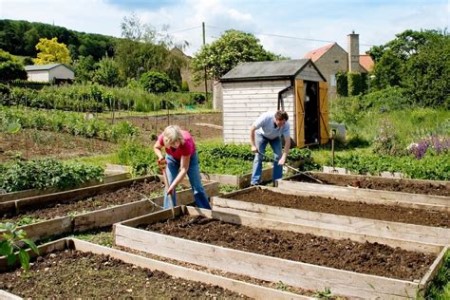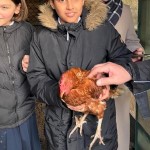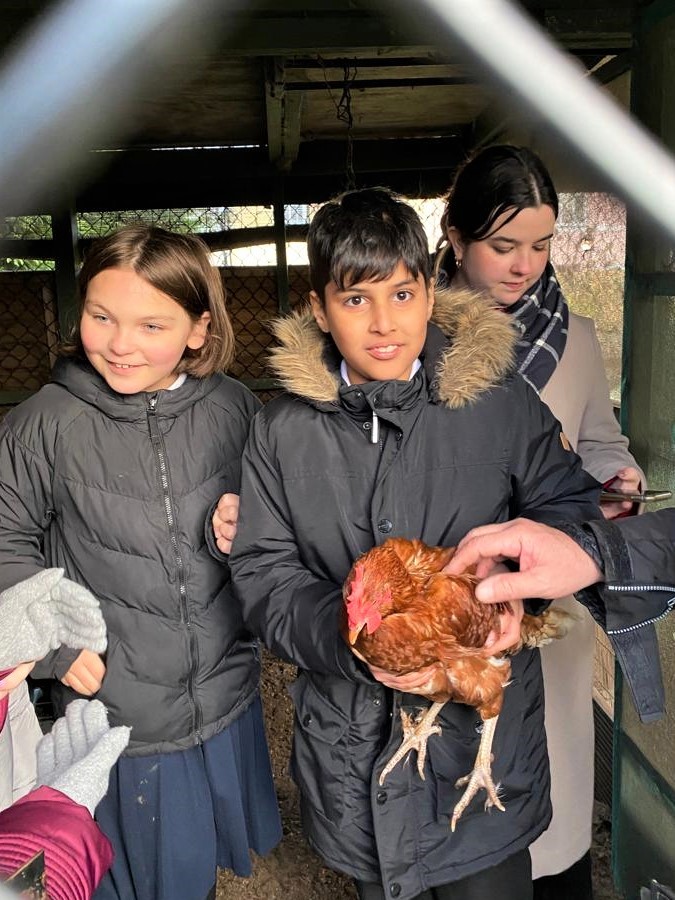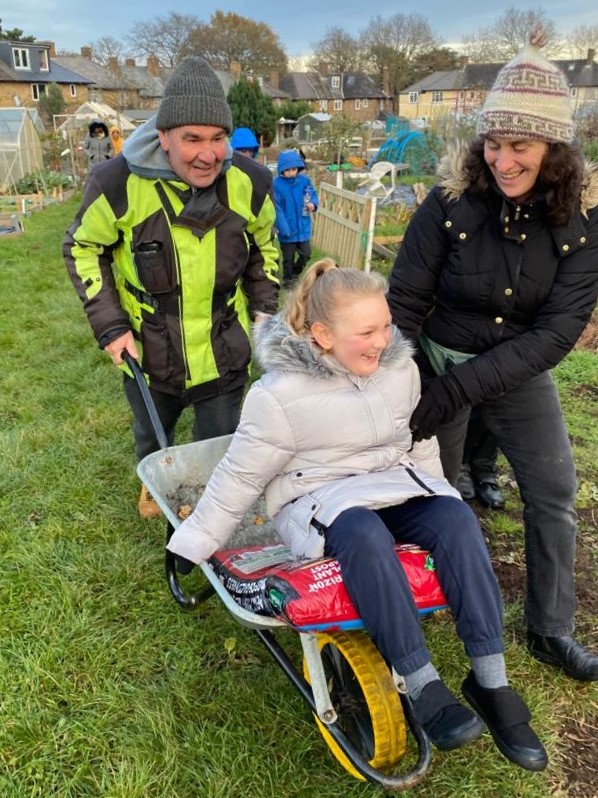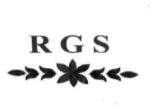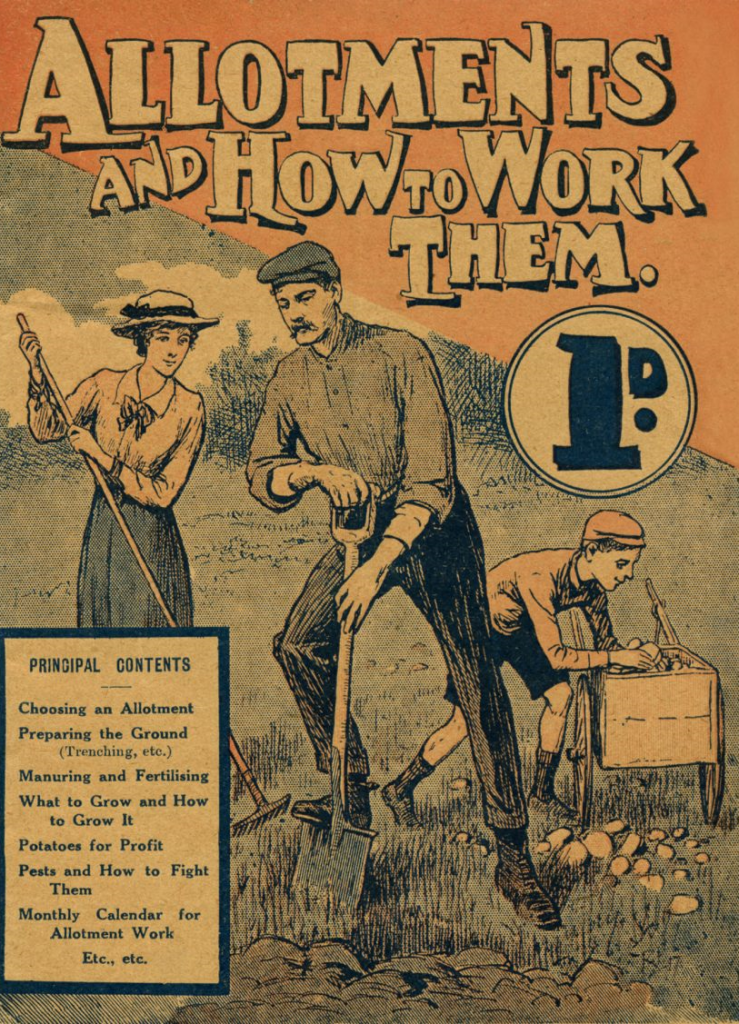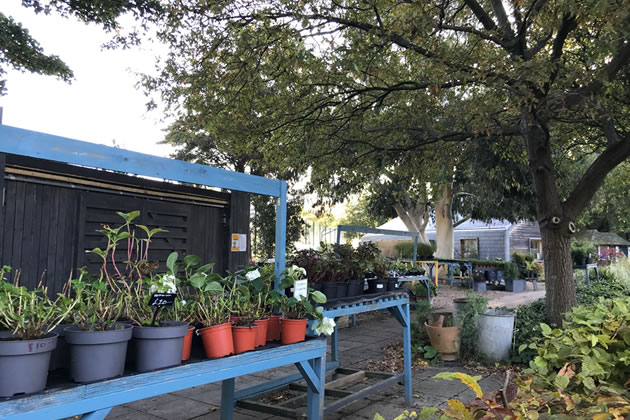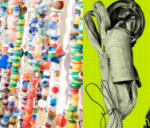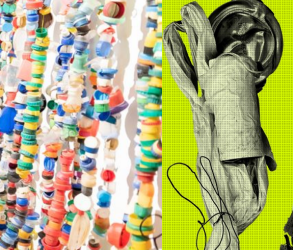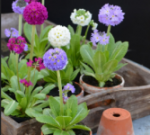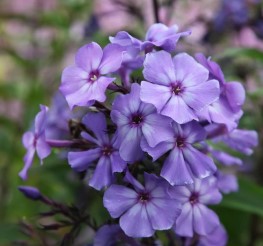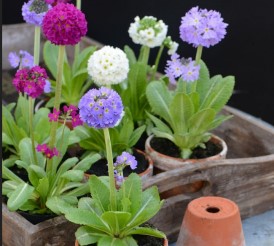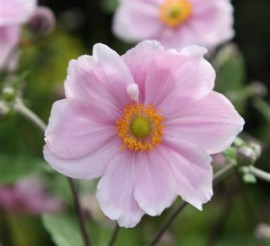Two press articles recently report on a two year pilot study which suggests that allotments could be as productive as conventional farms. Volunteer urban growers in Brighton and Hove were able to harvest 1kg of insect-pollinated fruit and vegetables per sq metre in a season! (wishful thinking on my allotment…. – ed)
Read the full article from the Guardian here
The Times reports that the average allotment owner harvested 74kg over a season, which would have been sold for about £380 in the shops. The most productive gathered in food worth more £2,000, with raspberries and gooseberries among the most expensive crops… Link for subscribers only
The Guradian report says ” The project, which analysed the yields of 34 “citizen scientists” growing fruit and vegetables on their allotments, gardens and balconies, found that despite limited pesticide use they were each able to grow an average of £550 worth of produce between March and October.
Of the total figure, £380 of it was from insect-pollinated produce – such as squash, courgettes, blackberries, tomatoes, apples and beans – weighing an average of 70kg.
Berries were the most attractive crop to pollinators, the study found.
Across the two-year period, volunteers recorded more than 2,000 pollinating insects among their crops. The most common were bees, which accounted for 43% of all flower visits.
AND – the growers used less pesticides than conventional farming techniques – they were used in under 10% of pest cases – and that the most common pests were slugs, snails and aphids. The worst-affected produce was soft fruit and beans.
“The UK imports approximately £8bn of fruit and vegetables each year, but our results show that green spaces in cities, such as allotments and community gardens, could play an important role in meeting that demand at a local scale.”
The Guardian Dec 2021
